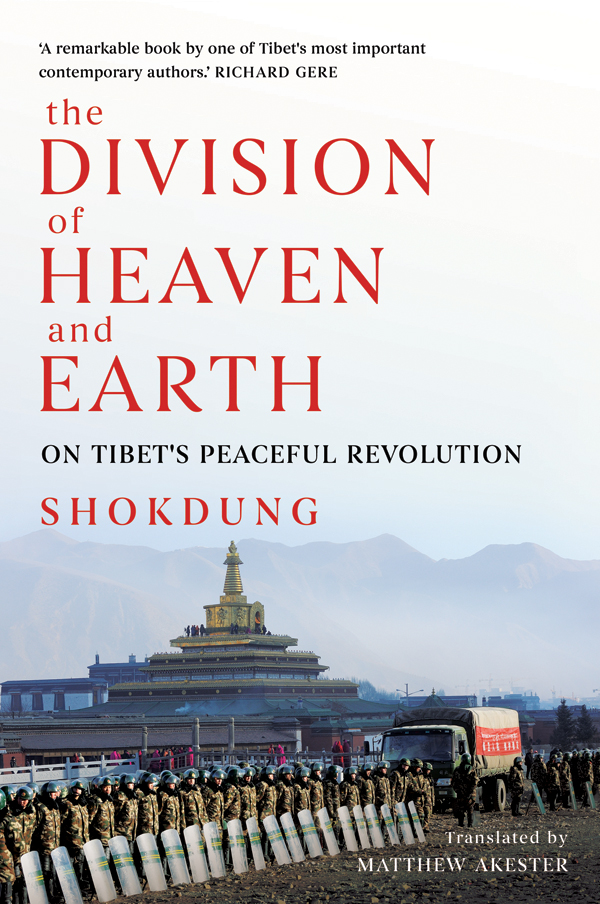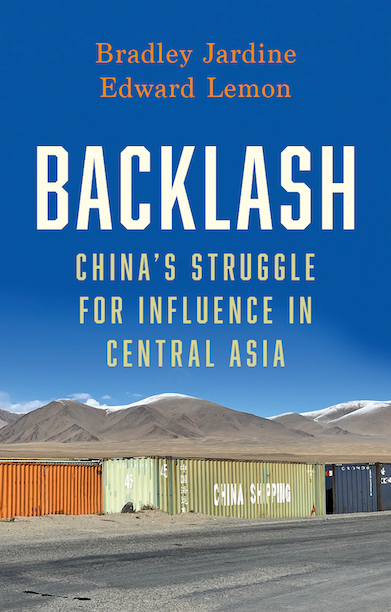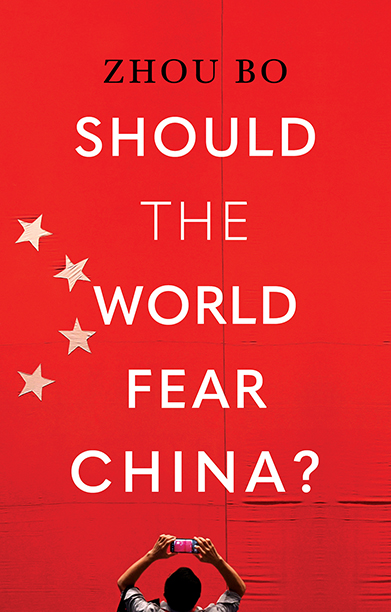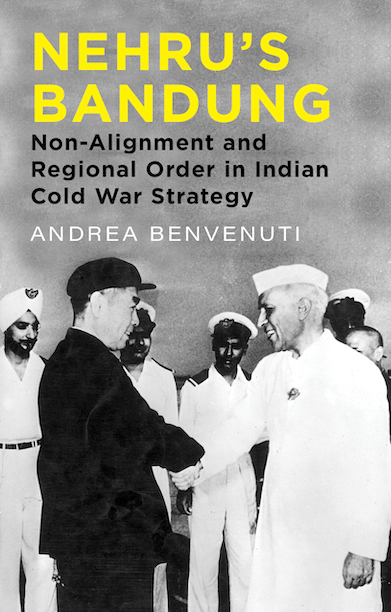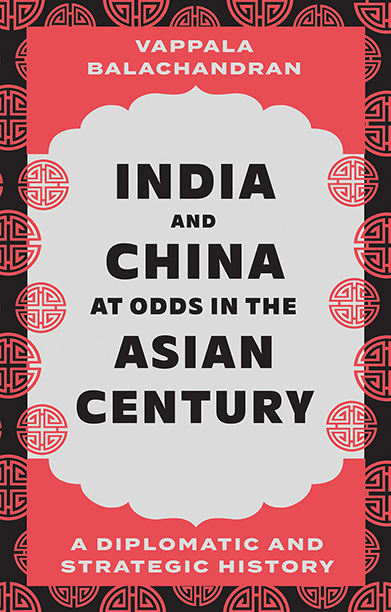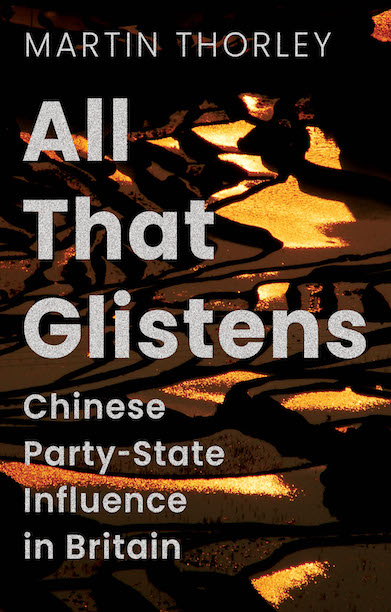The Division of Heaven and Earth
On Tibet’s Peaceful Revolution
‘A remarkable book by one of Tibet’s most important contemporary authors.’ — Richard Gere
Description
The Division of Heaven and Earth is one of the most influential and important books from Tibet in the modern era — a passionate indictment of Chinese policies and an eloquent analysis of protests that swept Tibet from March 2008 as a re-awakening of Tibetan national consciousness and solidarity.
Publication of the original Tibetan edition saw Shokdung (a pseudonym), one of Tibet’s leading intellectuals, imprisoned for nearly six months, and the book immediately banned. This English translation is being made available for the first time since copies began to circulate underground in Tibet.
Written in response to an unprecedented wave of bold demonstrations and expressions of Tibetan solidarity and national identity, Shokdung’s book is regarded as one of the most daring and wide-ranging critiques of China’s policies in Tibet since the 10th Panchen Lama’s famous ‘70,000-character Petition’ addressed to Mao Zedong in 1962.
Table of contents
Biographical note
Terminology
Foreword
One: Joy
The significance of the revolution
The influence of the revolution
The objective of the revolution
Signs of its ultimate vindication
Two: Sorrow
The nature of totalitarianism
Turning Tibet into the lord of death’s slaughterhouse
Turning Tibet into a hellish prison
Turning Tibet into a punishment ground in hell
Turning Tibet into a terrifying battlefield
Three: Fear
Fear of the political intolerance of autocratic states
Fear of extreme nationalism
Fear for my own wellbeing
Fear for the future
Four: A lesson in the peaceful way to resolve all
The right to civil disobedience
Satyagraha, or ‘truth-insistence’
Non-violent non-cooperation in action
In summary
Conclusion
Appendices
Reviews
‘Published illegally in Tibet in 2010, [this book] is a poetic, painstakingly written indictment of Chinese rule and a call for a “peaceful revolution” against what [Shokdung] describes as Beijing’s heavy-handed governing style.’ — New York Times
‘[A] haunting indictment of China’s colonial project in Tibet… This remarkable book, written to fortify the Tibetan spirit against the assaults of colonialism, has already performed an important service by exposing the fragility of China’s hold on the Tibetan mind.’ — The Spectator
‘[The Division of Heaven and Earth] brings a different perspective on the tragic fate of the Land of Snows.’ — The Statesman
‘A good introduction to Tibetan thought in the early 21st century. Recommended.’ — Choice magazine
Author(s)
Matthew Akester is a translator of classical and modern literary Tibetan, based in the Himalayan region. His translations include The Life of Jamyang Khyentse Wangpo, by Jamgon Kongtrul and Memories of Life in Lhasa Under Chinese Rule by Tubten Khetsun. He has worked as consultant for the Tibet Information Network, Human Rights Watch, the Tibet Heritage Fund, and the Tibetan Buddhist Resource Center, among others.
